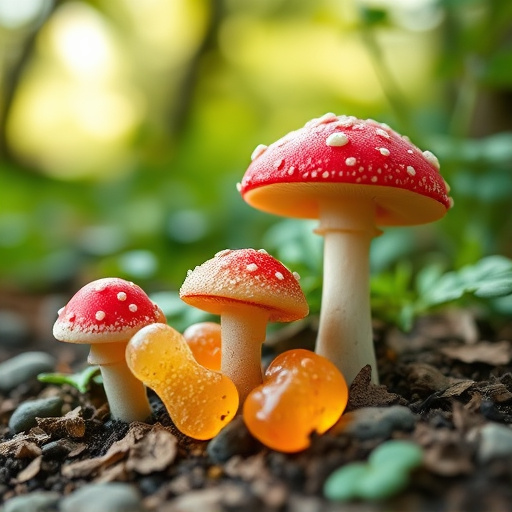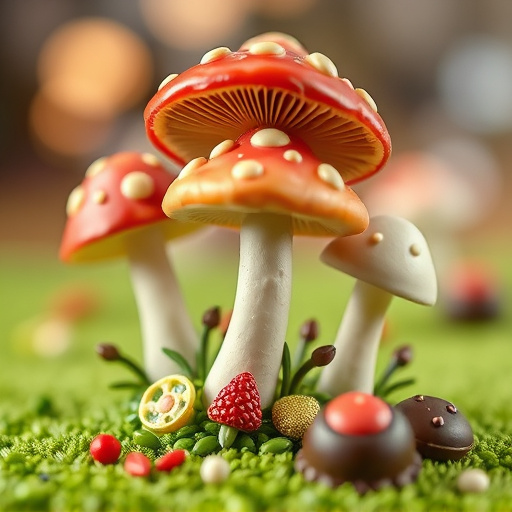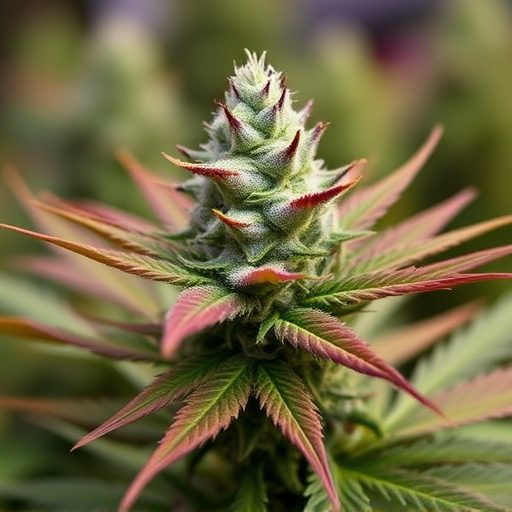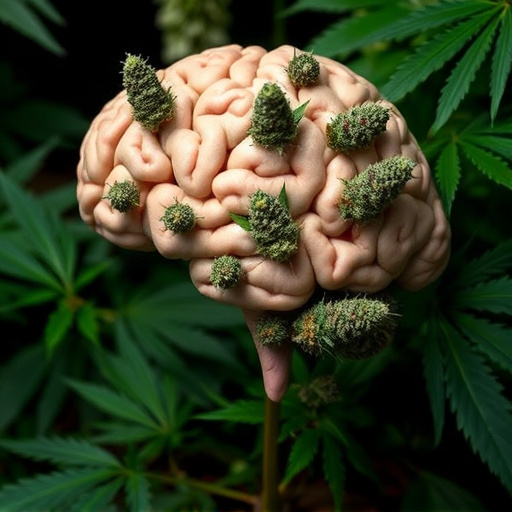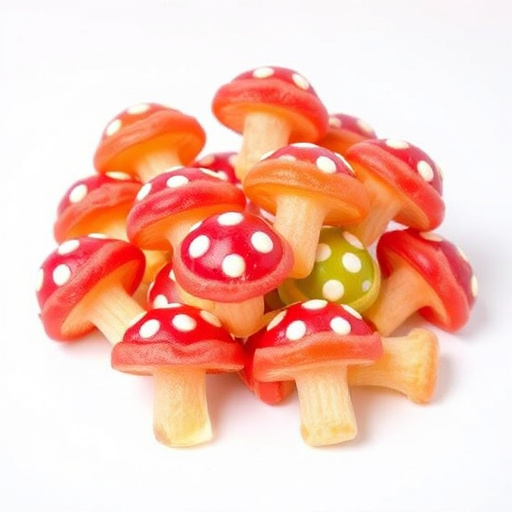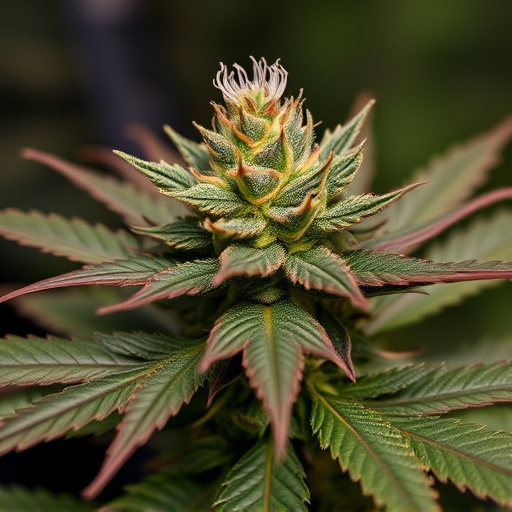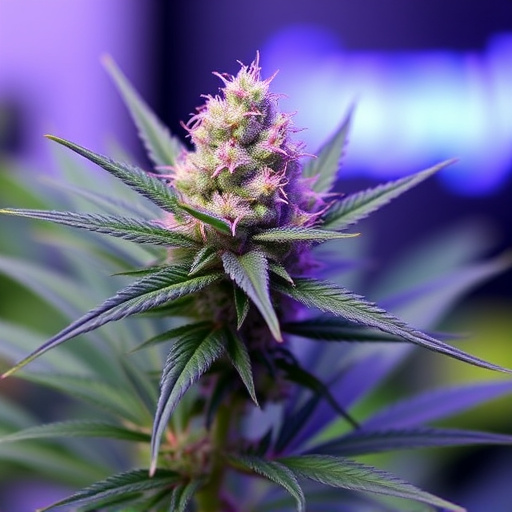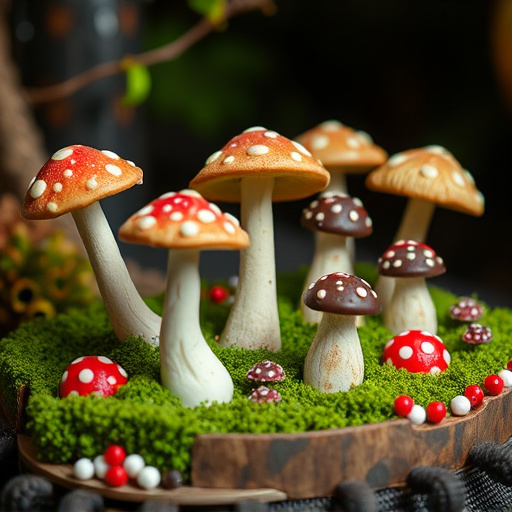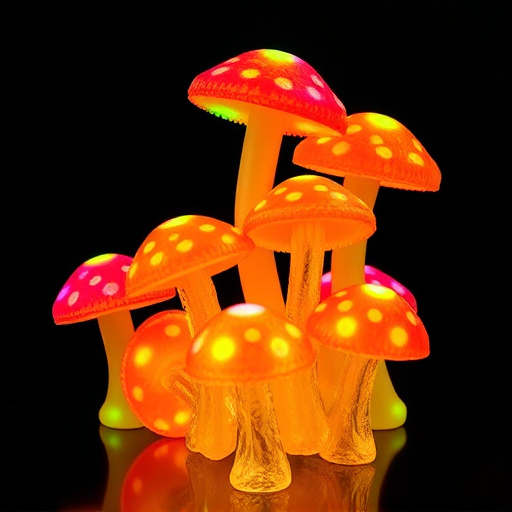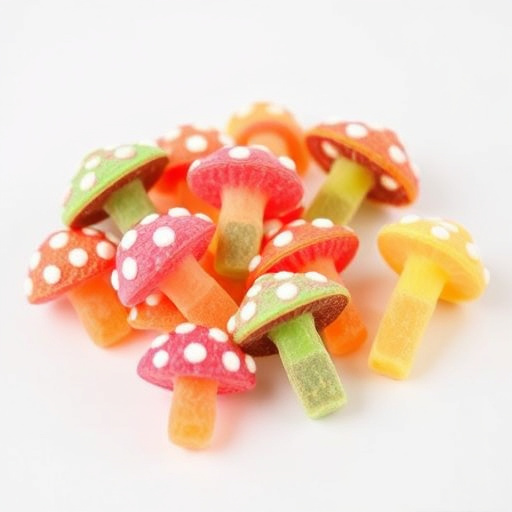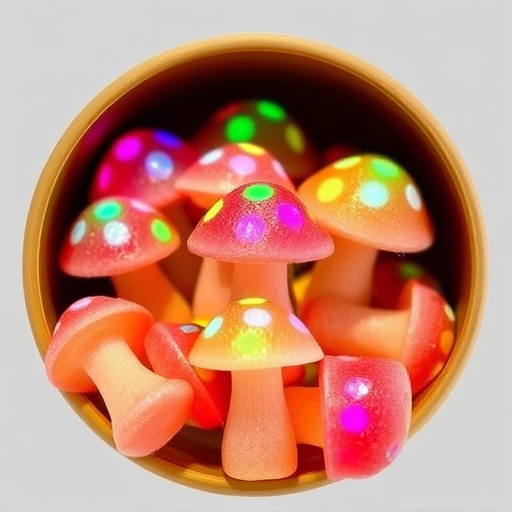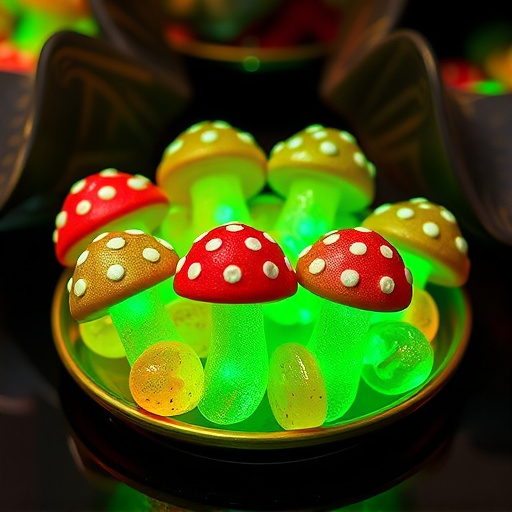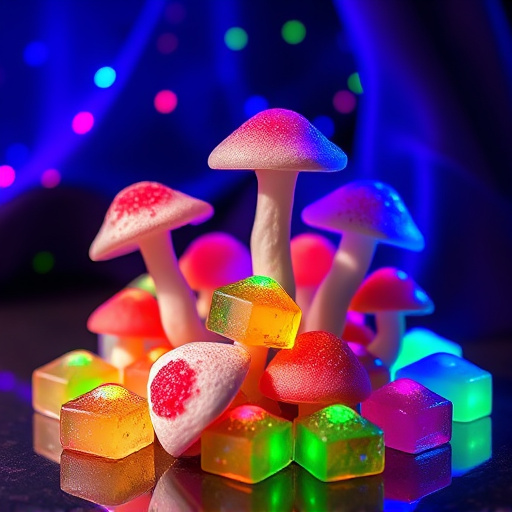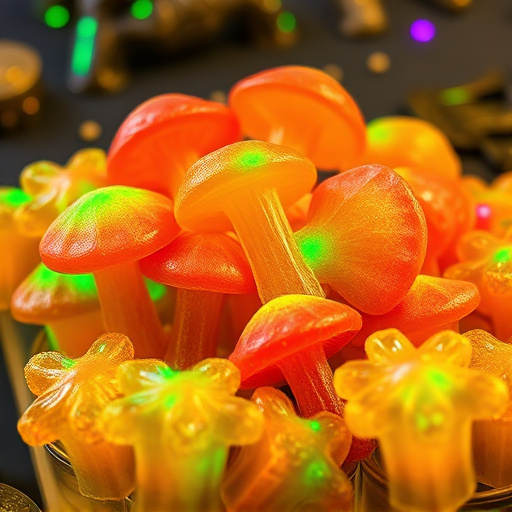The history of Magic Mushroom Gummies usage traces back to indigenous communities worldwide who valued psilocybin mushrooms' spiritual and medicinal properties for centuries. In modern times, Western medicine's interest in alternative treatments led to 20th-century research highlighting their potential for mental health conditions. The introduction of gummies as a delivery method marked a pivotal moment in their mainstream adoption, driven by growing acceptance of mental health issues and cannabis legalization. Today, a resurgence in interest is fueled by evolving attitudes towards wellness, with global legality varying widely; consumers should stay informed about local laws and consult healthcare professionals before use.
Discover the enchanting world of organic magic mushroom gummies—a far cry from their controversial past. This article takes you on a historical journey, exploring the ancient roots of psilocybin-infused treats and their evolution into today’s mainstream wellness trend. We delve into the factors that propelled their popularization, unraveling health benefits, changing legality, and shifting consumer preferences. Uncover the current landscape of magic mushroom gummies and their growing acceptance as a natural way to enhance well-being.
- A Historical Journey: The Origins of Magic Mushroom Gummies
- Evolution and Popularization: How Gummies Made it Mainstream
- Exploring the Current Landscape: Health, Legality, and Consumer Trends
A Historical Journey: The Origins of Magic Mushroom Gummies
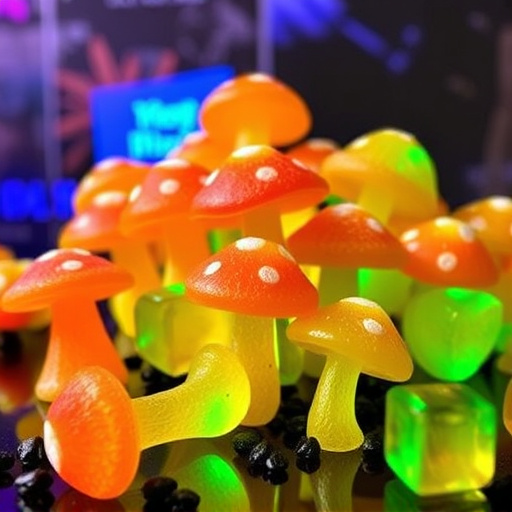
The history of magic mushroom gummies is intertwined with the long-standing cultural and medicinal use of psilocybin mushrooms, known for their psychoactive properties. For centuries, indigenous communities worldwide have incorporated these mushrooms into rituals and traditional healing practices, recognizing their ability to induce altered states of consciousness and promote spiritual connection. In ancient times, tribes would consume specific types of magic mushrooms during ceremonies, often guided by experienced shamans or elders, believing they offered insights into the spirit world and enhanced personal growth.
Over time, as Western medicine began to explore alternative treatments, research into psilocybin mushrooms gained momentum in the 20th century. Scientists started to uncover the therapeutic potential of these organic compounds, leading to their study for treating mental health conditions like depression and anxiety. The unique bonding experience and psychological effects of magic mushrooms sparked curiosity among researchers, eventually paving the way for modern innovations like gummy candies infused with psilocybin. This evolution from ancient ritual to contemporary medicinal application reflects a broader trend in the wellness industry toward natural, plant-based remedies.
Evolution and Popularization: How Gummies Made it Mainstream
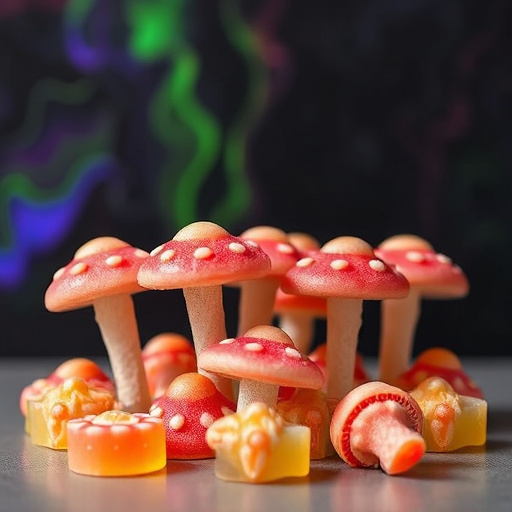
The history of magic mushroom gummies is intertwined with a natural evolution and shift in societal perception, transforming what was once considered a niche interest into a mainstream phenomenon. Initially, the use of psychedelic mushrooms for their perceived magical properties dates back centuries in various cultures worldwide. However, as the 20th century rolled around, these substances became associated with counterculture movements and underground scenes, often shrouded in controversy and legal restrictions.
The introduction of gummies as a delivery method played a significant role in popularizing magic mushrooms. This shift happened gradually, driven by changing attitudes towards mental health and substance use, as well as advancements in cannabis legalization. As research began to uncover potential therapeutic benefits, especially in controlled settings, the concept of microdosing gained traction. Gummies offered an appealing alternative to traditional methods, providing precise doses and a more palatable experience, thereby making psychedelic therapy accessible to a wider audience.
Exploring the Current Landscape: Health, Legality, and Consumer Trends
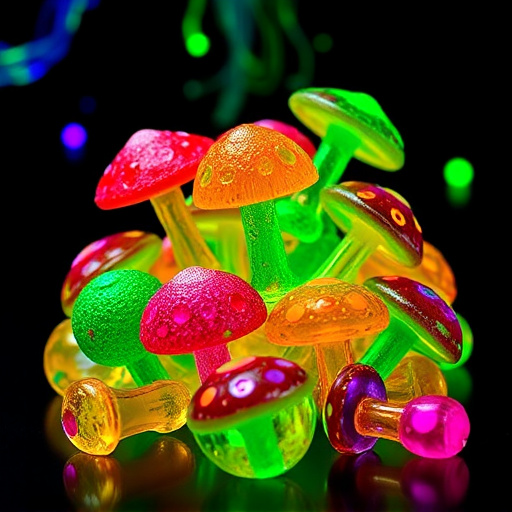
In recent years, organic magic mushroom gummies have emerged as a popular and seemingly benign alternative to traditional psychedelic substances. However, navigating the current landscape requires understanding both historical context and evolving trends in health, legality, and consumer behavior. The history of magic mushroom gummies dates back to the counterculture movements of the 1960s and 70s, where they were used as a means of spiritual exploration and recreational experimentation. Fast forward to today, and we see a resurgence in interest driven by changing attitudes towards mental health and wellness.
Legality varies widely across regions, with some countries and states decriminalizing or legalizing psychedelic substances for medical or personal use. This shift has opened doors for innovative brands to produce high-quality organic magic mushroom gummies, capitalizing on consumer trends that prioritize natural, holistic solutions for stress relief, anxiety management, and even spiritual growth. However, it’s crucial for consumers to stay informed about local laws and consult healthcare professionals before trying any psychedelic products, given the potential risks and benefits associated with their use.
The history of magic mushroom gummies is a fascinating journey from traditional medicinal usage to modern mainstream consumption. Over time, these edible treats have evolved, offering a convenient and appealing way to experience psilocybin’s effects. Today, as the legal landscape shifts, consumer trends in organic magic mushroom gummies reflect a growing interest in natural, alternative wellness solutions. As we navigate this changing environment, understanding the evolution and current state of magic mushroom gummies is key to appreciating their place in both history and contemporary culture.
